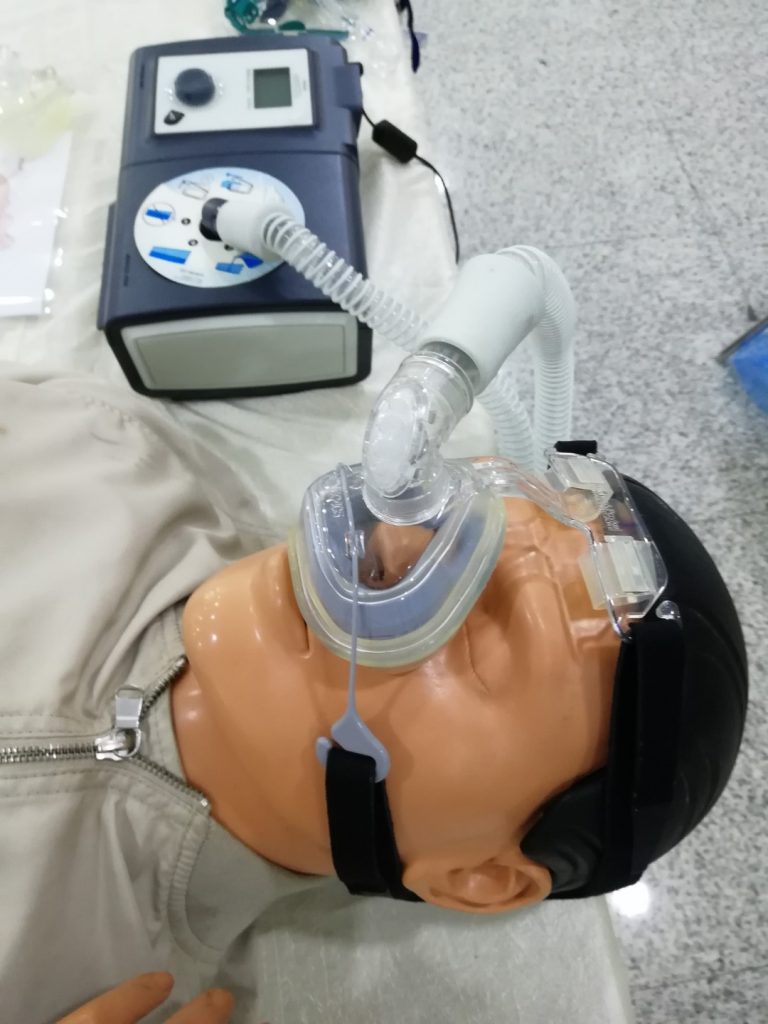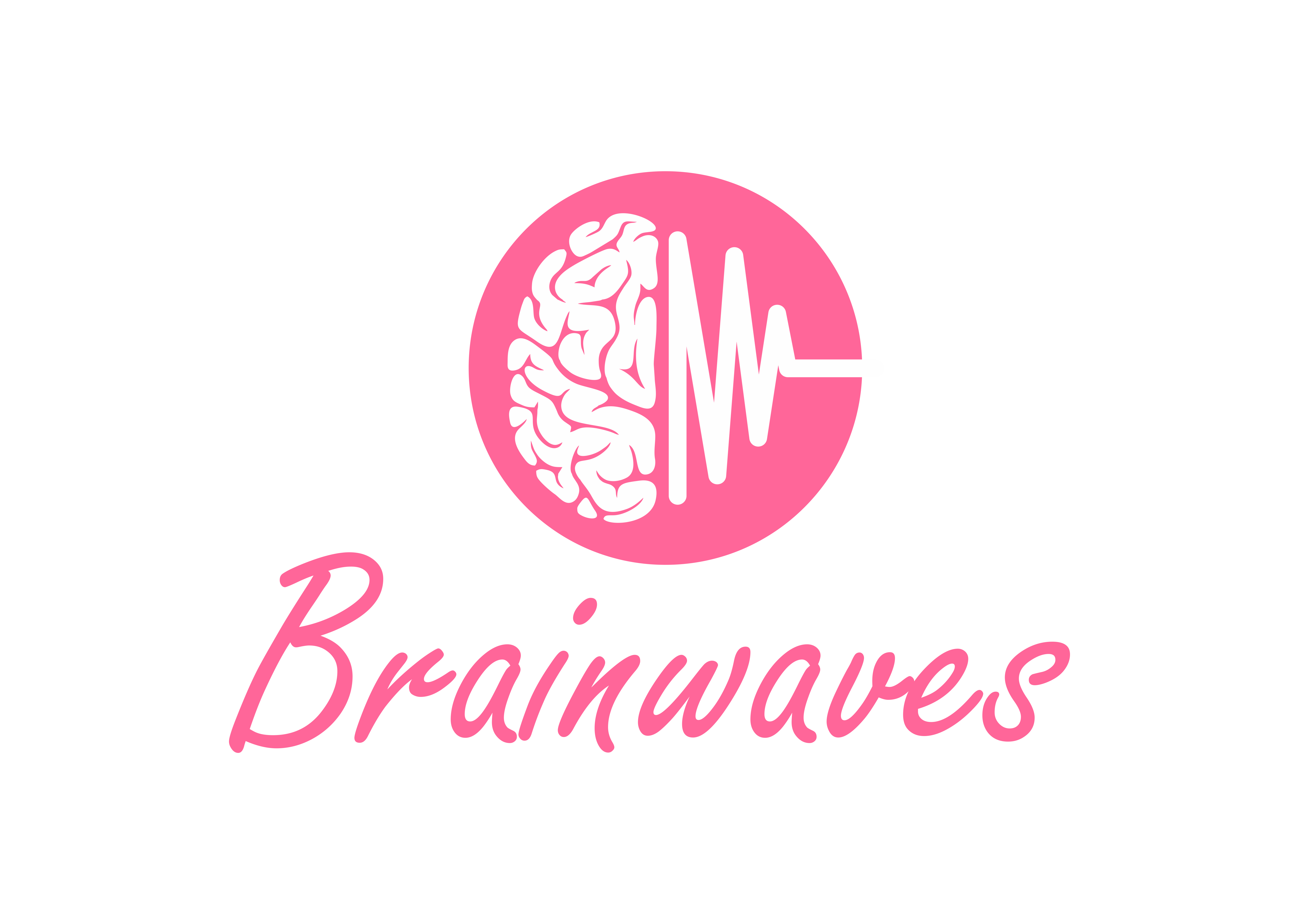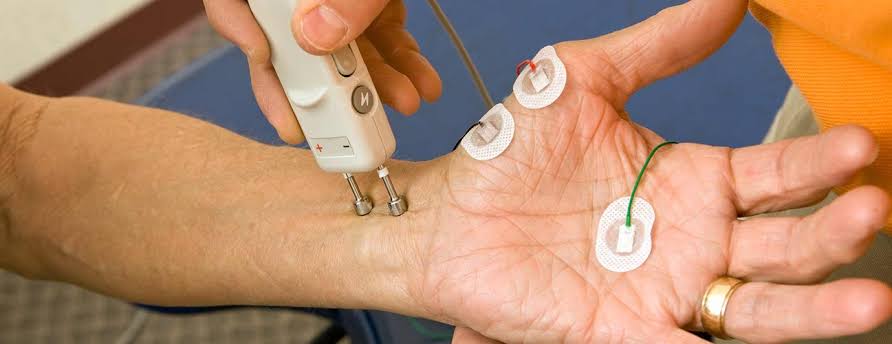Polysomnogram:
A Polysomnography is also called a sleep study and is a test that is performed in order to diagnose sleep disorders.
A polysomnogram records brain activity, oxygen levels, breathing patterns, as well as eye and leg movements during the study.
The most common symptoms of sleep apnea include snoring, waking up gasping for air, waking up tired and daytime sleepiness.
The most common sleep disorder diagnosed with a Polysomnogram is Obstructive sleep apnea, which is when a person’s breathing repeatedly stops and starts while sleeping.
Other disorders that request a polysomnogram are:
- Periodic Limb movement disorder: This is a sleep disorder where a person involuntarily flexes and extend his / her legs while sleeping. It is commonly associated with Restless leg syndrome.
- REM sleep behaviour disorder: This is where a person acts out his / her dreams.
- Unexplained Chronic Insomnia: Less commonly a polysomnogram is requested if a person consistently struggles with falling or staying asleep.
CPAP Titration:
When sleep apnea is diagnosed during the initial overnight polysomnogram, a CPAP titration is then performed to determine the optimal CPAP pressure setting required to resolve the apnea episodes.
During the titration study, that patient wears a mask and CPAP pressures are trialled up and down to find the best pressure delivery and setting to control apnea events. Once a patient has been diagnosed and begins CPAP therapy, follow up and aftercare should be routinely performed by the CPAP supply company.
It is common for patients to need pressure changes during their years of CPAP therapy, especially when sleep apnea symptoms reappear.

Electroencephalography (EEG):
This is a diagnostic test that evaluates the brain’s electrophysiological functioning and is frequently requested to support a clinical diagnosis of Epilepsy. The setup of these tests is done by hooking up electrodes to the scalp and recording the currents from the cerebral cortex. Various stimulations are performed during the test to produce brain wave activity that does not show up while you are resting. The stimulation examples are hyperventilation (breathing rapidly for a few minutes) and being exposed to a bright flashing light.
No impulses are going to the patient and the test is pain-free.
Various EEGs can be requested:
- A Routine EEG is a recording of 20 – 30 minutes and combined with hook-up lasts approximately 60 minutes. This test can be performed at any time of the day and can be a normal wake recording or a sleep deprivation recording.
- An overnight EEG is between 8 and 16 hours and includes the recording of brain activity during sleep.
A long-term EEG is a minimum recording of 16 hours and is mostly requested to be 24 hours, however, a longer recording can also be requested.
Nerve conduction study:
This test measures how fast an electrical impulse moves through your nerve and can identify nerve damage. During a nerve conduction test, the nerve is stimulated, usually with electrodes attached to your skin. The speed of the nerve is calculated by measuring the distance between the recording electrodes and the stimulation site. A related test that may be done is an electromyography that measures the electrical activity in your muscles, however, is mostly performed by a Neurologist. The NCS and EMG help find the presence, location and extent of diseases that damage the nerves and muscles.
Diseases or conditions that may be checked with an NCS are:
- Guillain-Barre Syndrome: This is a condition in which the body’s immune system attacks part of the peripheral nervous system. The first symptoms may include weakness or a tingling sensation in the legs.
- Carpal Tunnel Syndrome: A condition in which the median nerve, which runs from the forearm into the hand, becomes pressed or squeezed at the wrist by enlarged tendons or ligaments. This causes pain and numbness in the fingers.
- Charcot-Marie-Tooth disease: An inherited neurological condition that affects both the motor and sensory nerves. It causes weakness of the foot and lower leg muscles.
- Chronic inflammatory polyneuropathy and neuropathy: These are conditions resulting from diabetes or alcoholism. Symptoms may include numbness or tingling in a single nerve or many nerves at the same time.
Nerve conduction studies may also be done to find the cause of symptoms, such as numbness, tingling, and continuous pain.



